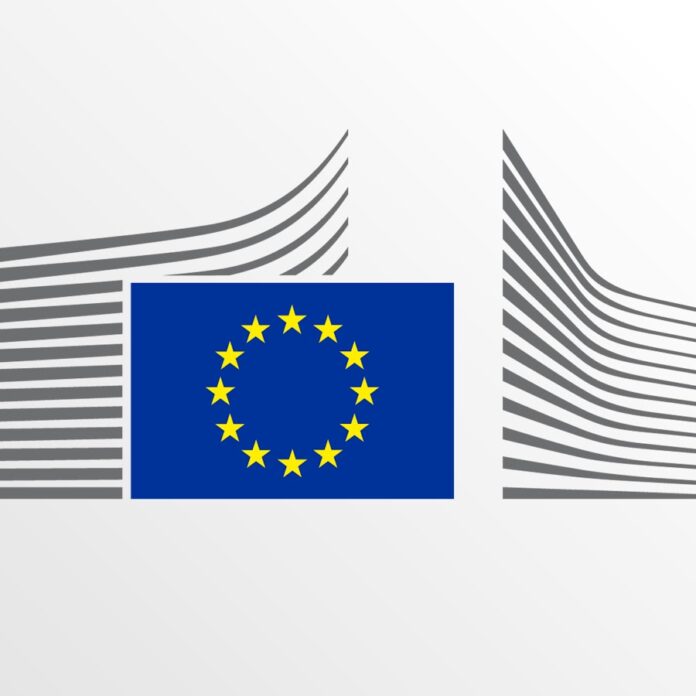The European Union (EU) is confronting ongoing labor shortages alongside increasing global competition for skilled workers. While labor immigration is vital for sustaining economic stability and competitiveness, discussions on the topic remain overshadowed by concerns over irregular migration, border control, and deportation policies. Given the growing gaps in labor and essential skills, this report evaluates current immigration policy trends, the European Commission’s commitments, labor migration directives, and operational tools aimed at promoting legal labor migration. Additionally, it provides insights into key funding mechanisms, including the Asylum, Migration and Integration Fund (AMIF) through the Migration Partnership Facility (MPF) and AMIF Action Grants, and offers recommendations for enhancing the Commission’s approach.
Key Findings and Recommendations.
Rising Labor Immigration: Across the EU, labor immigration is increasing, even in countries with traditionally restrictive immigration policies. Governments are implementing reforms to attract foreign workers, but these efforts are often fragmented and disproportionately favor highly skilled professionals.
Challenges in Recruiting Technical Workers: A critical shortage of workers in technical trades, exacerbated by limited legal pathways, presents a significant challenge. This issue is particularly pressing as Europe transitions to a greener economy, where skilled labor is essential.
Insufficient Investment in Legal Migration: The European Commission’s funding for labor migration through the AMIF remains marginal in comparison to the overall budget. This funding is inadequate to fulfill one of the program’s core objectives: supporting legal migration. Even the Migration Partnership Facility (MPF), a key tool for expanding legal pathways, risks diverting resources toward deportation-focused initiatives rather than labor mobility.
Rebalancing AMIF and MPF Funding: To reinforce labor mobility as a priority, the allocation of AMIF resources within the MPF should be adjusted. Additionally, increasing investment in refugee labor mobility could strengthen this widely supported initiative and integrate it as a fundamental component of the EU’s migration framework.
Focusing on Low- and Mid-Skilled Workers: Talent Partnerships should emphasize the mobility of low- and mid-skilled workers, and EU delegations should explore ways to support international recruitment efforts. Assessing the effectiveness of job search visas for technical trades and developing tailored immigration services for SMEs—particularly in construction, road freight transport, and home care—could address critical labor shortages.
A Legislative Path Forward: This moment presents an opportunity to introduce a Displaced Talent Mobility Directive as part of a broader legislative agenda to enhance labor migration and address workforce challenges.





